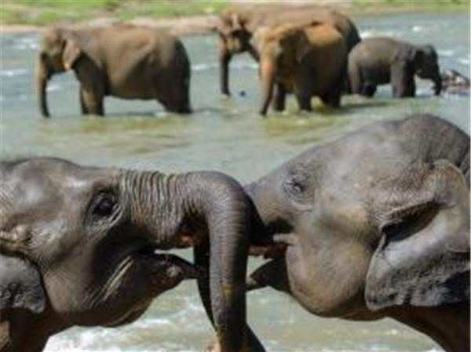Peru has a new national park - the Yaguas National Park
Posted on
|
Peru has a new national park In January 2011, the Peruvian government established the Yaguas National Park. It is enormous – 2,147,166 acres. And it’s a safeguard and home to hundreds of species of flora and fauna AND has the ancestral lands of over 1,000 indigenous people living in the region. The park sits in a remote northwestern region of Peru. It’s near the Colombain border, and it runs along the Putumayo River. And it controls weather patterns in the United States. The area has a history of exploitation – logging, mining and rubber production. Needless to say, some of this has been illegal. The indigenous people were forced to collect rubber from the forest under terrible conditions, facing murder, mutilation and systematic rape, according to the Field Museum. But now, with the national park status, the land and people are protected. Additionally, so are 3,000 plant species, 600 bird species and over 150 mammal species in the area. Many of these are threatened or endangered. And over 300 fish species live in the various rivers flowing in and out of the Yaguas National Park. Species such as giant otters, woolly monkeys, Amazonian river dolphins and manatees live there. South America is creating vast stretches of protected wilderness, so hopefully they are signs of both people and governments showing how important these regions of wilderness are, both for animal and human wellbeing. |
